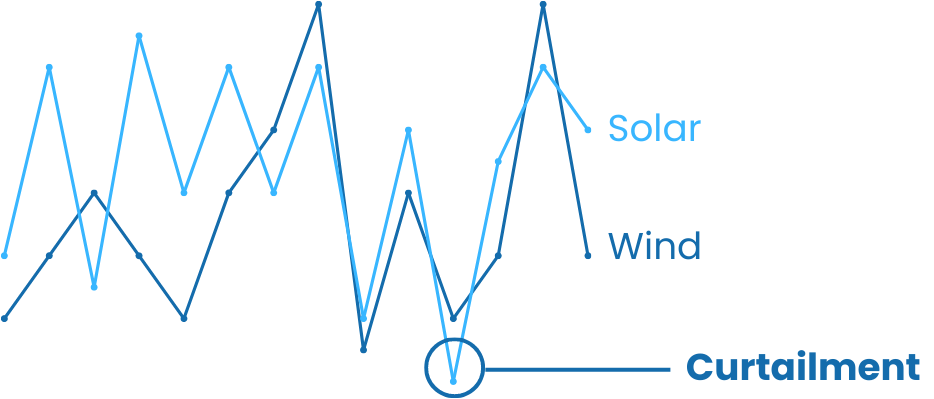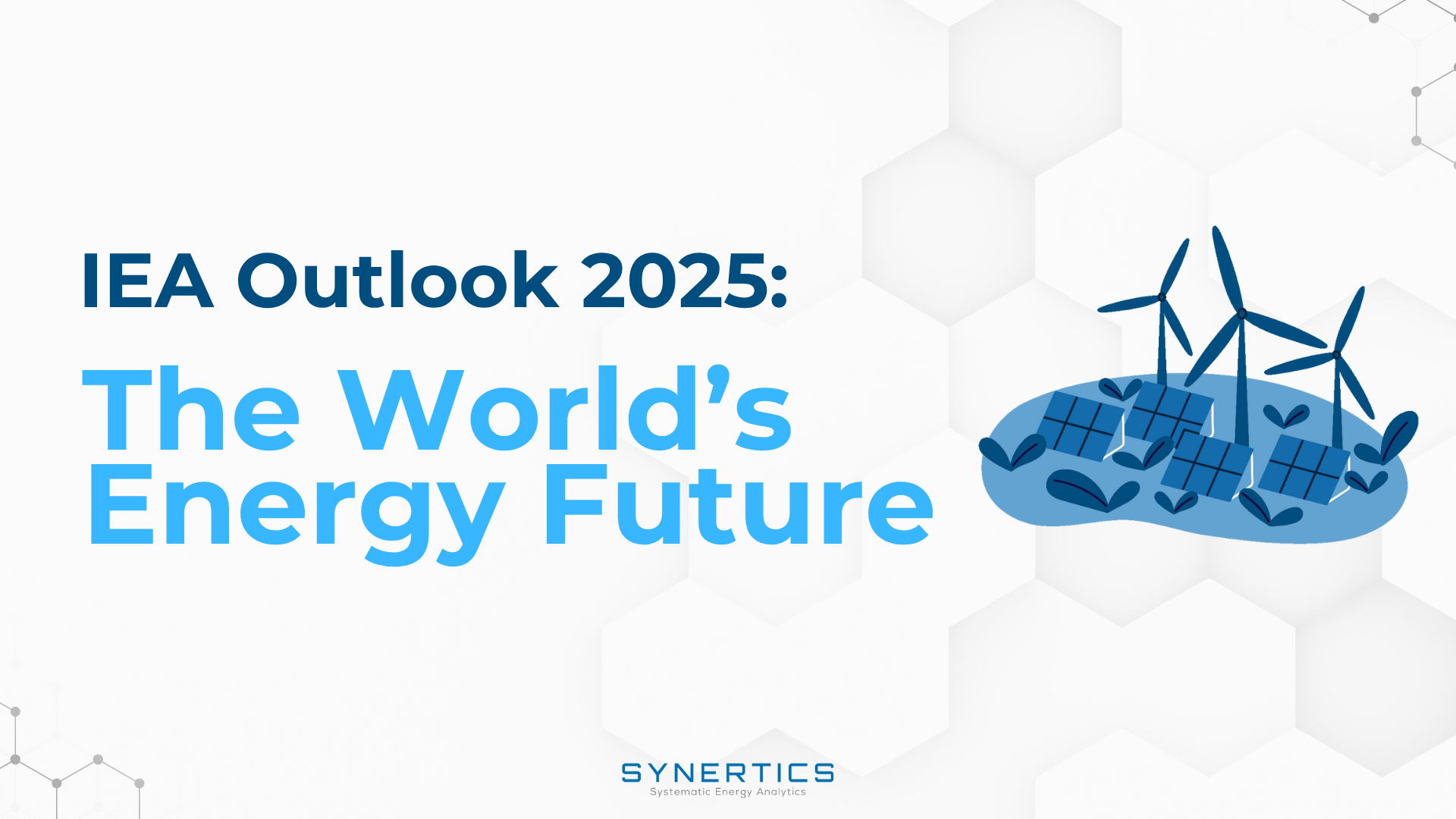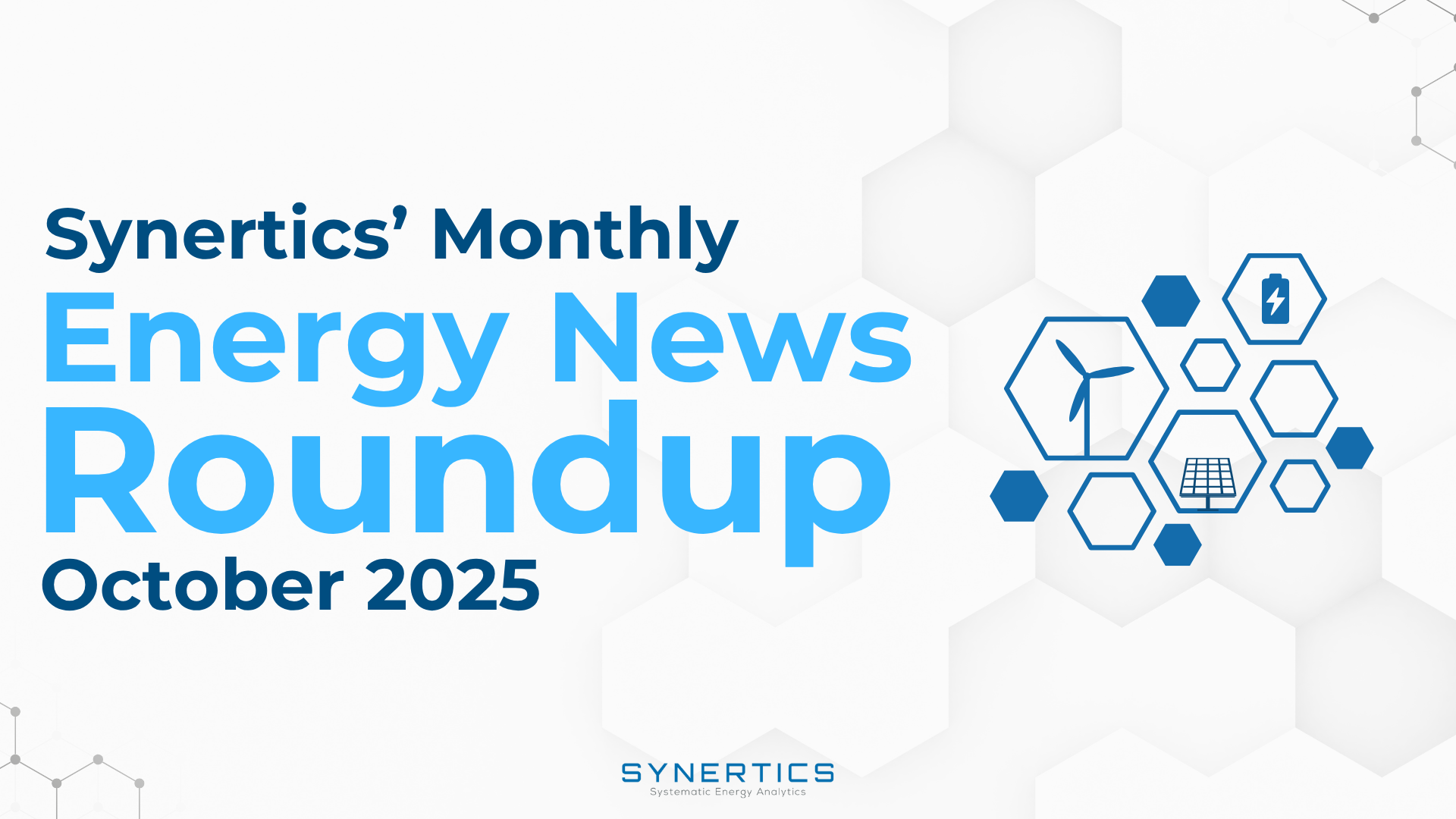Join us on our journey towards renewable energy excellence, where knowledge meets innovation.
Renewable energy sources like wind and solar have made significant contributions to our energy landscape. However, their inherent volatile nature presents challenges for integrating them seamlessly into electricity grids.

When a surplus of electricity is registered on a grid, a renewable energy project can experience grid curtailments and negative prices. This is usually caused by grid transmission capacity constraints and imbalances between the demand and supply of electricity. As many transmission grids and electricity markets are not yet designed to respond to volatile production profiles, a need has surged to address the financial risks associated with these scenarios.
Consequently, we aimed to better understand effective strategies to mitigate curtailments and optimize renewable energy generation to de-risk project revenue streams.
The reduction or restriction of the amount of electricity generated by a renewable energy project that is delivered to the grid.

When the grid operator or the offtaker requests or requires the project to reduce its output or shut down temporarily.
Grid Constraints
The transmission or distribution infrastructure may have limitations, and at times, the grid may be unable to accommodate the full capacity of the generated electricity.
System Imbalances
The generation may be curtailed to maintain system stability or match supply with demand when there is an unexpected surplus of electricity on the grid or if the demand for electricity is lower than anticipated.
Maintenance Repairs
Curtailments may be planned to allow for maintenance or repairs, ensuring the safe and efficient operation of the system.
Force Majeure Events
In certain situations, such as extreme weather conditions or grid emergencies, curtailments may be implemented to protect the integrity of the grid and ensure the safety of personnel and equipment.
For the Generator
When curtailments occur, the project may not be able to generate and sell the expected amount of electricity, potentially affecting the project's revenue and financial viability.
For the Offtaker
Similarly, the offtaker may experience a shortfall in the electricity they expected to purchase, potentially leading to higher costs or the need to procure alternative sources of energy.
PPAs often include provisions to address compensation or remedies for curtailed energy, as negotiated between the generator and the offtaker.
Diversification of Revenue Streams
This could involve selling excess electricity to other offtakers, participating in demand response programs, or entering into ancillary service agreements with the grid operator.
Grid Integration Studies
Conduct thorough grid integration studies during the project development phase to assess the grid's capacity and constraints. This will help identify potential curtailment risks and inform decisions related to project location, sizing, and interconnection.
Proxy Generation
Involves calculating the expected amount of energy a project should have produced based on the measured weather conditions, rather than the actual production.

Individual turbine wind speed measurements are used in a formula to estimate the expected energy output if there were no curtailments.
If the project is curtailed, the seller is not significantly affected as the contract settles based on the expected energy production, called proxy generation hedge.
Synertics provides advisory services and develops digital data-driven solutions for the energy industry with the purpose of driving productivity and transferring knowledge.

Insights
2nd Dec, 2025

Insights
19th Nov, 2025

Insights
3rd Nov, 2025